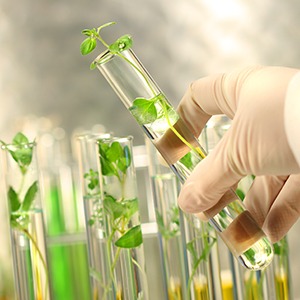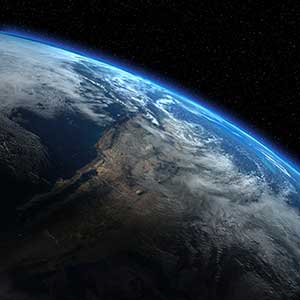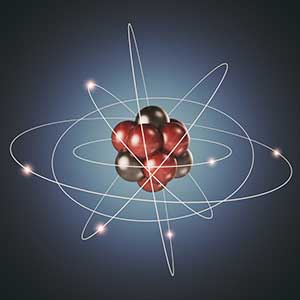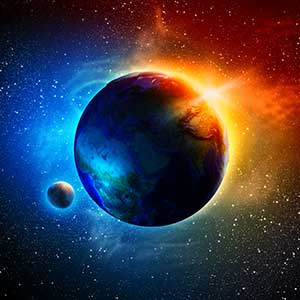Your cart is currently empty!
Science 7
Science 7 is an integrated course in which the fields of science are not compartmentalized. Instead, earth and space science, life science, and physical science are integrated within each semester.
Semester A
Science 7A begins by introducing students to scientific thinking, the life sciences, and the characteristics that define living things. Students explore how living organisms interact with each other and their environments, as well as the role of observation and empirical evidence in science. They then examine the properties of matter, including mixtures, density, states of matter, and changes in physical state.
Students deepen their understanding of chemistry through the study of atomic structure, the periodic table, and the types of elements—metals, nonmetals, and metalloids. They investigate how atoms bond to form compounds and explore the properties of water, carbon compounds, and polymers. The course concludes with a broad survey of living organisms, including animals, protists, bacteria, fungi, plants, and viruses, followed by an in-depth look at green plants and how they grow, function, and reproduce.
The course assignments are designed to engage students in applying science and engineering practices (SEPs) to build understanding of disciplinary core ideas (DCIs) through crosscutting concepts (CCs). Capstone assignments encourage students to explain real-world phenomena and design solutions to problems using science and engineering practices.
Semester B
Science 7B begins with an exploration of Earth’s materials, including the rock cycle, fossils, and geologic time. Students examine Earth’s internal structure, the theory of plate tectonics, and the forces that shape landforms through earthquakes, volcanoes, and erosion. They then explore living organisms, focusing on the structure and classification of invertebrates and vertebrates, and how body systems and reproduction vary across species.
Students also investigate Earth’s atmosphere and climate systems, including the cycling of carbon, oxygen, and nitrogen, as well as the factors that influence wind, weather, and climate change. The course concludes with a study of Earth’s water systems—from the properties of water and the water cycle to the structure, movement, and importance of the oceans.
The course assignments are designed to engage students in applying science and engineering practices (SEPs) to build understanding of disciplinary core ideas (DCIs) through crosscutting concepts (CCs). Capstone assignments encourage students to explain real-world phenomena and design solutions to problems using science and engineering practices.
Semester A
Module 1: The Basics of Life
Module 2: Characteristics of Matter
Module 3: Atomic Structure and Periodicity
Module 4: Chemical Compounds
Module 5: Classifications of Living Things
Module 6: Green Plants
Semester B
Module 7: Earth’s Materials
Module 8: Earth’s Features and Processes
Module 9: Invertebrates
Module 10: Vertebrates
Module 11: The Atmosphere
Module 12: Water
What TO EXPECT
See what our program is like after you get enrolled for parents and students.
Full-Time ProgramS
Our full time online tuition programs include enrollment for the school year (i.e. two semesters). Tuition varies based on our different programs. We recommend that students wishing to take 4 or more individual classes apply to our Full-Time Tuition Programs.
Highly Qualified Teachers 24/7 Access to Learning Platform Optional Weekly Group Synchronous Sessions And More!








